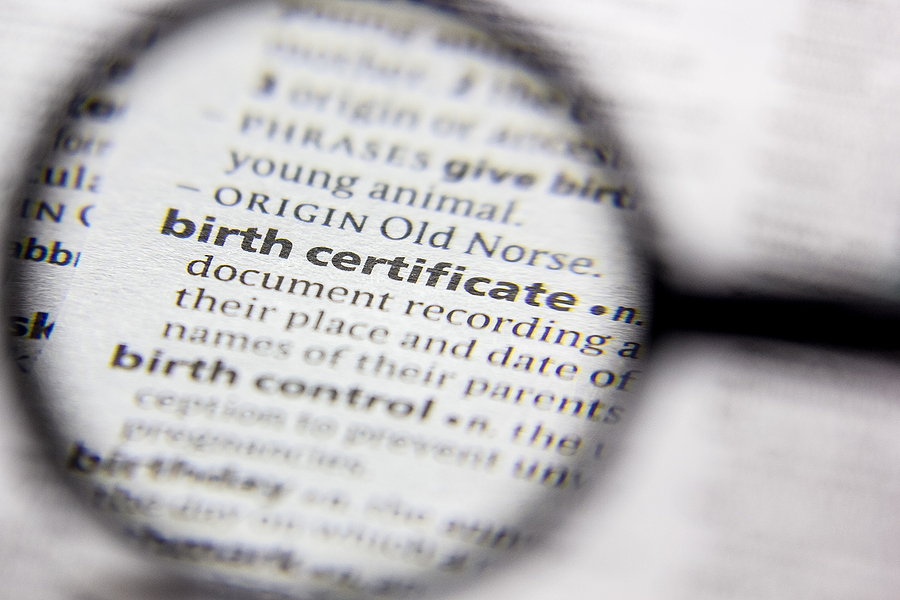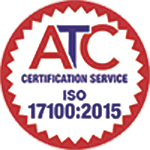Quick Quote
Archives
- November 2023
- October 2023
- September 2023
- August 2023
- July 2023
- June 2023
- May 2023
- April 2023
- March 2023
- February 2023
- January 2023
- December 2022
- November 2022
- October 2022
- September 2022
- August 2022
- July 2022
- June 2022
- May 2022
- April 2022
- March 2022
- February 2022
- January 2022
- December 2021
- November 2021
- October 2021
- September 2021
- July 2021
- June 2021
- April 2021
- March 2021
- February 2021
- December 2020
- October 2020
- August 2020
- July 2020
- June 2020
- May 2020
- April 2020
- March 2020
- February 2020
- January 2020
- November 2019
- October 2019
- September 2019
- August 2019
- July 2019
- June 2019
- May 2019
- April 2019
- March 2019
- February 2019
- January 2019
- December 2018
- November 2018
- October 2018
- September 2018
- August 2018
- July 2018
- June 2018
- May 2018
- April 2018
- March 2018
- February 2018
- January 2018
- December 2017
- November 2017
- October 2017
- September 2017
- August 2017
- July 2017
- June 2017
- May 2017
- April 2017
- March 2017
- February 2017
- January 2017
- December 2016
- November 2016
- October 2016
- September 2016
- August 2016
- July 2016
- June 2016
- May 2016
- April 2016
- March 2016
- February 2016
- January 2016
- December 2015
- November 2015
- October 2015
- September 2015
- August 2015
- July 2015
- June 2015
- May 2015
- April 2015
- March 2015
- February 2015
- January 2015
- December 2014
- November 2014
- October 2014
- August 2014
- July 2014
- June 2014
Translation Without Effective Proofreading and Editing is Not Worthwhile
Anyone old enough to remember typewriters may be forgiven for thinking that proofreading and editing is a thing of the past, not just for anything written in one’s own language, but for translations, too. It’s not true, of course. Proofreading and editing are skills that are just as important as they used to be. It’s just that there are more tools available to make those steps a little easier. For those who do remember typewriters, they were often used to manually type out whole reams of text that had been handwritten. In many offices, stenographers would type from scripts they may have made using something called shorthand. Does shorthand still exist? Probably, somewhere! The fact was that the chance of introducing errors into the final typewritten product was multiple. Proofreading was essential as it was almost inevitable that errors were there. Of course, a typewritten document would have to be typed all over again if proofreading and editing discovered significant errors. Translation tasks using old-fashioned technology simply increased the chain of possible error creation. Errors in the original text could easily be missed in translation, compounding the errors. So much for the past. But in some ways, nothing has changed in terms of the importance of effective proofreading and editing, especially for translation. Professional translation agencies will always make allowance in terms of time and cost quoted for proofreading and editing, but at least there are far more tools to take some of the drudgery out of it. It must be said that modern proofreading and editing software and the sophistication of modern computers makes these important tasks faster and more efficient. Proofreading and editing are not the same processes. Editing, at least as far as translation is concerned, is more about the style of the document. Is the original meaning and content accurately captured by the translation? Is the translated version adjusted to suit the particular target? Are units, if used, appropriate? Is there anything which has been translated unintentionally which could upset or confuse the reader in the translated language? Proofreading is more about the accuracy of the spelling, grammar and punctuation, typographical errors and the actual accuracy of the translation itself. Modern word processing software allows easy proofreading and editing comments and annotation and the job of the person who has to amend mistakes and errors is made so much easier, too. The proof reader and editor, probably an integral part of the professional translation team, can use, but not totally rely on, a whole host of online tools which highlight inconsistencies and errors, but in the end will have to read through the whole text once, twice or more before passing the copy for final printing or sending to the client.









Leave a Reply